The Article
Goldring E3 Cartridge: toting a super-elliptical stylus
30th July 2017
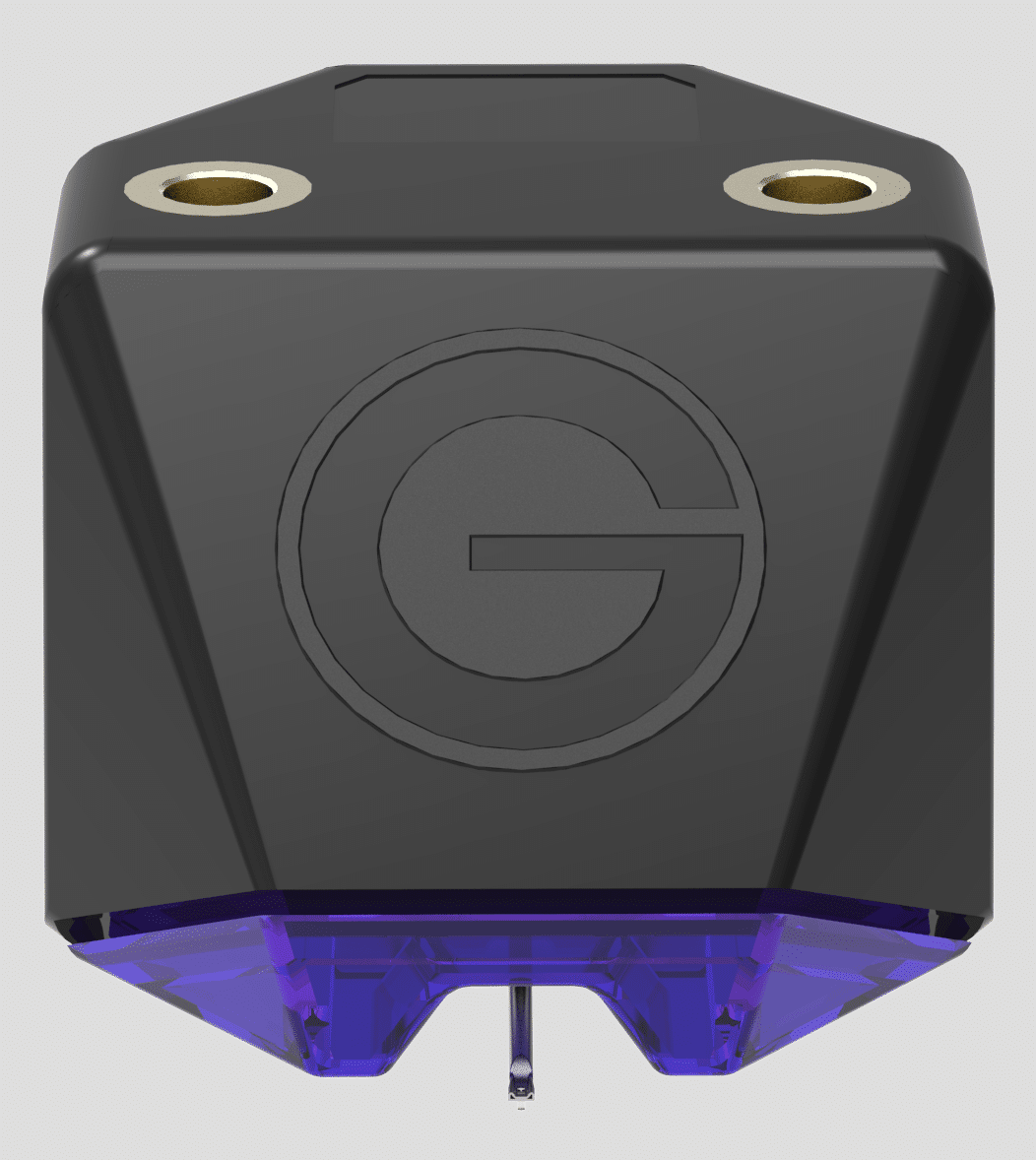
Goldring has been in business since 1906, so it’s about time Paul Rigby reviewed one of its products then, eh? It has waited long enough! In this review, he tackles the new E3 cartridge
The company recently announced the launch of its E series of cartridges. All relatively low cost and all of interest to either budget users or those looking to upgrade their introductory cartridge with something rather more interesting.
The three units in the E series are based upon Magnetic Duplex Technology (you can add a ™ in there, if you wish). The idea behind the technology is to improve stereo rendition. Both the E1 and E2 models include spherical styli with a choice of cantilevers. The E3 model, which I look at here, has an aluminium cantilever – the same unit used on the E1 and E2 – but adds a “superior bonded”, super-elliptical stylus measuring 0.3 x 0.7mil. This is what attracted me to the E3, I was looking for a blend of value and high frequency groove detail retrieval as well as sibilance reduction. Especially as a basic elliptical stylus measure around 0.4 x 0.7mil. Compare those measurements too with the E1 and E2’s spherical tip at 0.6mil.
According to Goldring, “The E Series cartridges use a specially designed adjustment screw to locate the cantilever, rather than the standard xed pin, allowing micro-adjustments during production. This pre-set azimuth means crosstalk is already optimised and the cartridge can be safely installed in a typical turntable with no correction required.”
During the record mastering process the cutting lathe records stereo information as a ‘V’ shaped groove which has perpendicular side walls angled at 45°, “Conventional moving magnet cartridges,” added the company, “use a single large magnet that interacts with two vertically mounted coils to produce a stereo signal from the groove. This can introduce crosstalk and so only offers a modest amount of stereo separation.”
This is why the Goldring E Series cartridges feature a dual magnet arrangement, “Magnetic Duplex Technology uses two low mass magnets which interact only with their partnering pickup coil, angled at 45° to match the cutting head arrangement. This enables the cartridges to more accurately trace the record groove because they precisely emulate the geometry of the cutting head, making for better stereo separation and a more accurate, involving and musical soundstage.”
I was happy to see that the Goldring chassis features threaded screw holes inside the chassis itself. This is a £100 moving magnet cartridge and thus will feature in the hands of beginners or cautious vinyl users possibly unfamiliar with regular cartridge fittings. The last thing you want to do to a nervous hi-fi installer is tell them to juggle tiny screws that dangle outside of a chassis, adopting odd and scary angles depending on how you hold them, with tiny nuts that threaten to ping off into a dimension occupied solely by cartridge nuts, pens and odd socks and then try to tighten the entire thing with a tiny screwdriver while, at the same time, avoiding the cantilever! It’s bad enough asking an experienced hi-fi journalist to do such a thing, never mind an uneasy music fan. Goldring have got this part of the design right.
Fitting the Goldring to my tonearm (with 2g of downforce) was intriguing mainly because, once in there, it looks absolutely enormous! It reminded me of some of the cartridges used on hi-fi in the 60s or even the 50s. The Goldring chassis is obviously a nostalgic reflection on times when men were men and cartridges were the size of an articulated lorry. Yet, the very largeness of the thing also helped in terms of installation. It imbued more confidence during handling.
SOUND QUALITY
I began by playing the original pressing of Nancy Sinatra’s LP Country, My Way, produced by Lee Hazelwood and the track, It’s Such a Pretty World Today, a wholly romantic, even twee song.
The initial impression was an over-whelming sense of focus from the Goldring. This track had Sinatra’s voiced pushed down a classic echo chamber and so, even the slightest midrange smearing combined with excessive noise will puff out the voice in a cloud of nasty distortive attack. The Goldring took immediate control of any potentially wayward frequencies and reigned in the Sinatra voice to give her delivery a rather playful and wistful quality. The echo chamber obviously still remained as an effect but Sinatra’s voice presented welcome femininity instead of Goldzilla in a skirt.
This focus also leant itself to aiding the backing singers. Their harmonies tended to rise in the higher registers which only added to the smeared mids. The new level of precision, though, added welcome harmonic textures that gave the vocals a layered richness.
Another element that could have suffered from the loose upper mids was the notable twangy slide guitar. The Goldring provided a sense impressive detail from this instrument. Speaking of which, the Goldring’s lower noise performance meant that the piano popped out of the mix, giving a tonally realistic performance. The piano, on this track is an adjunct to the main song but its an important one that gives breadth to the soundstage.
Percussion and bass also now had a greater sense of recognition because the lack of bass bloom drew them both from a blacker background. Hence, the new level of clarity enabled the ear to pick up a new sense of impact and strength from this area.
Another notable aspect of the soundstage were the acoustic guitars, the attacking strumming on the right channel and the subtle strumming on the left. Both offered tremendous midrange insight and musicality that added a sense of speed to the performance.
I then turned to the post punk vibes from Die Werkpiloten via Germany’s Vinyl on Demand label from 2012.
This is a drum-heavy LP, fast paced percussion and high energy to boot and I was impressed by the organic nature of the drums. The Goldring gave the music impact and power and a real sense of pace but kept in touched with the humaneseque nature of the drums, rounding their edges just enough to prevent and sense of the clinical.
The low noise approach to the Goldring also enhanced the instrumental separation along the soundstage, giving each instrument a sense of space to perform at its best. The soundstage never felt crowded or stilted and the lead vocal thus provided an emotional yet flowing performance.
CONCLUSION
Sensibly designed for use by beginners or vinyl fans with minimal hardware experience, the considered design of the E3 provides a sense of clarity and midrange purity with a bass that delights in terms of information and character. In terms of the inherent sound quality from this cartridge, the E3 provides exceptional value for money. In fact, it is one of the best budget cartridges, at this price point, currently for sale on the market.
GOLDRING E3 CARTRIDGE
Price: £100
Web: www.goldring.co.uk
TO BUY CLICK BELOW:
USA – https://amzn.to/2TPSslC
EUROPE – https://amzn.to/2GkAYuE
GOOD: focus, precision, clarity, midrange control, bass impact, design, price
BAD: none
RATING: 9
REFERENCE
Rega RP3 turntable
Ortofon 2M Red
Trichord Dino phono amplifier
Rega Brio-R amplifier
Spendor S3/5R2 speakers
Tellurium Q cables
Harmonic Resolution Systems Noise Reduction Components
All vinyl was cleaned using Audio Desk’s Ultrasonic Pro Vinyl Cleaner

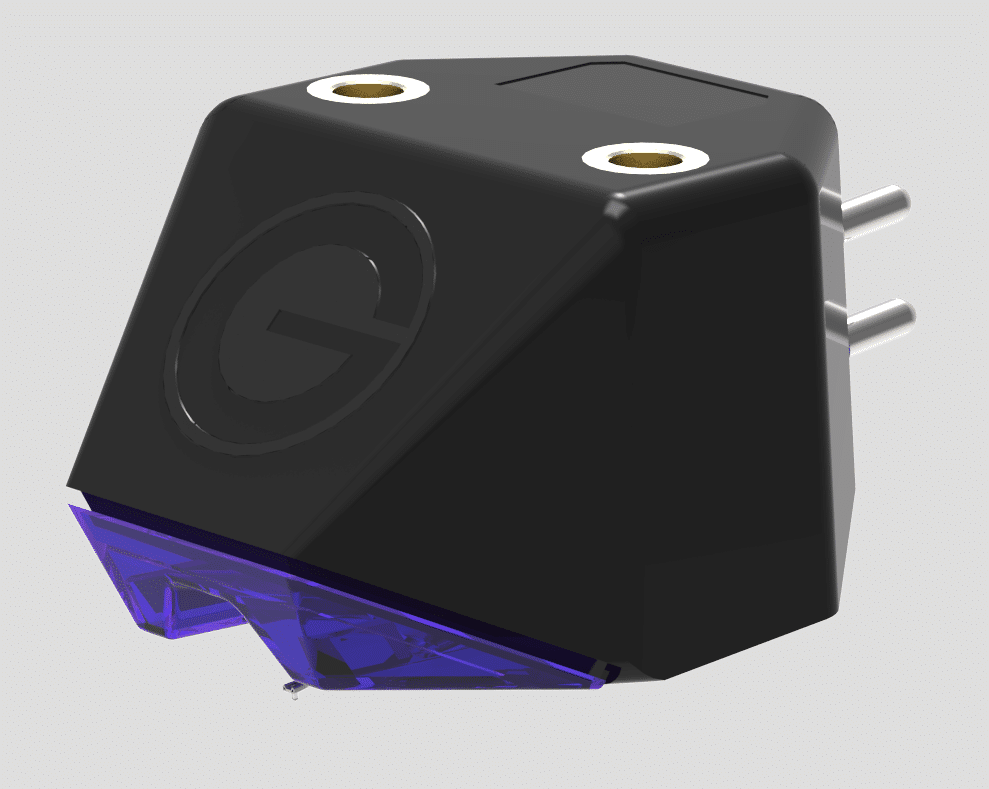
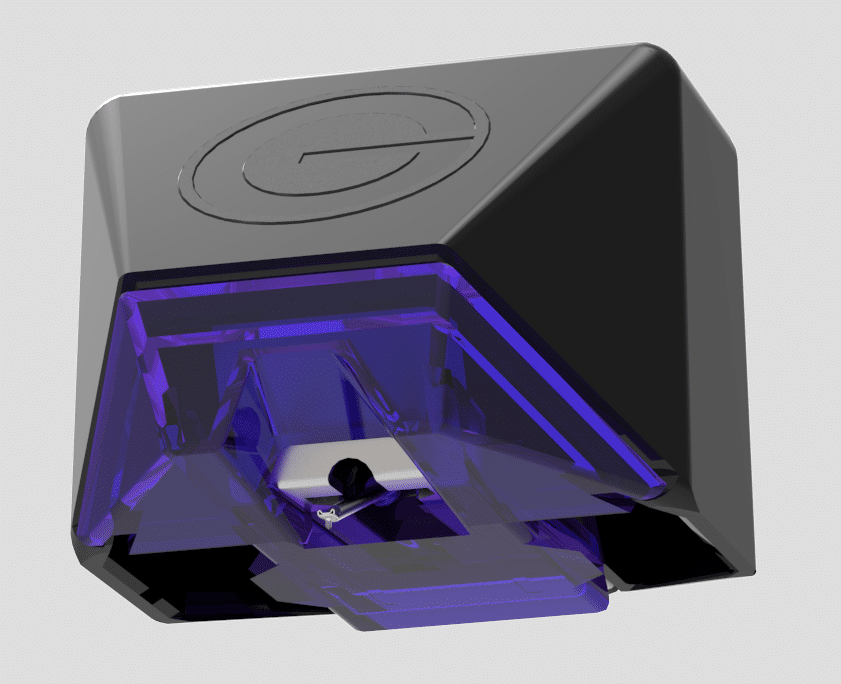
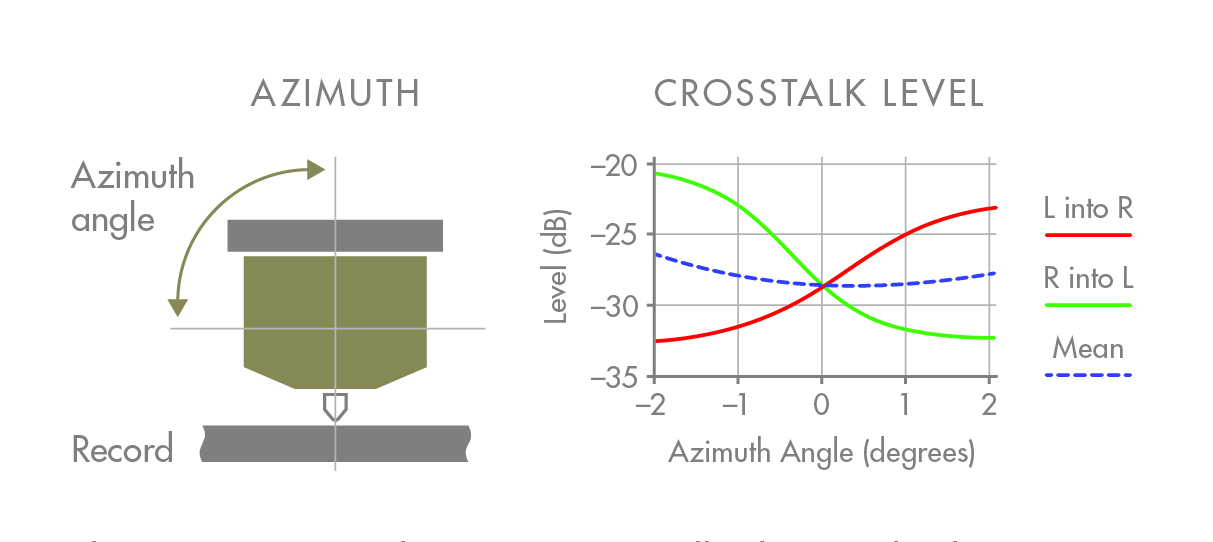
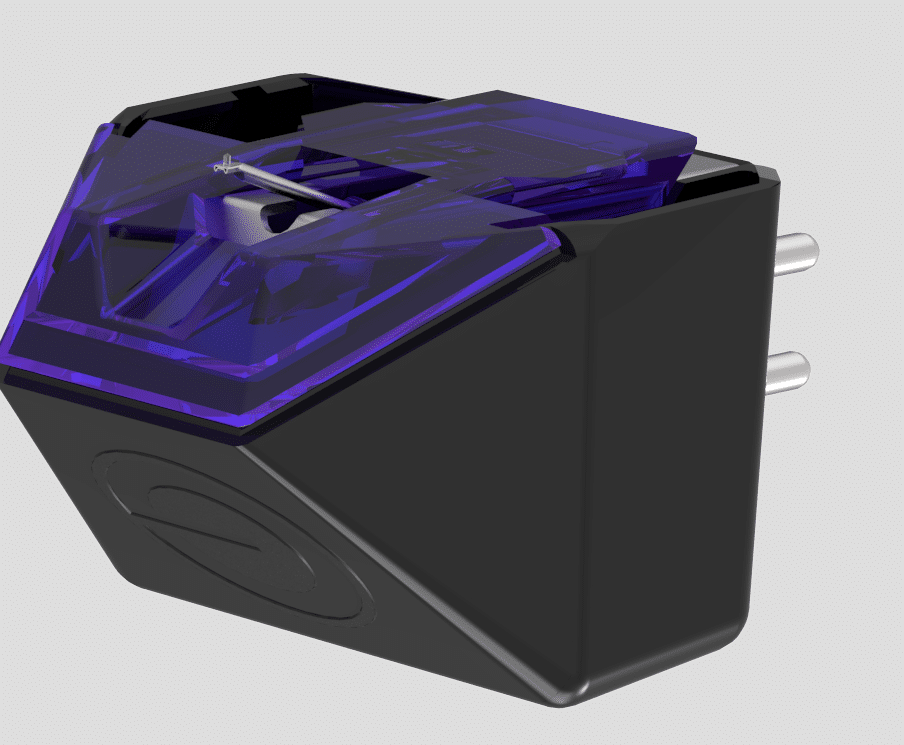
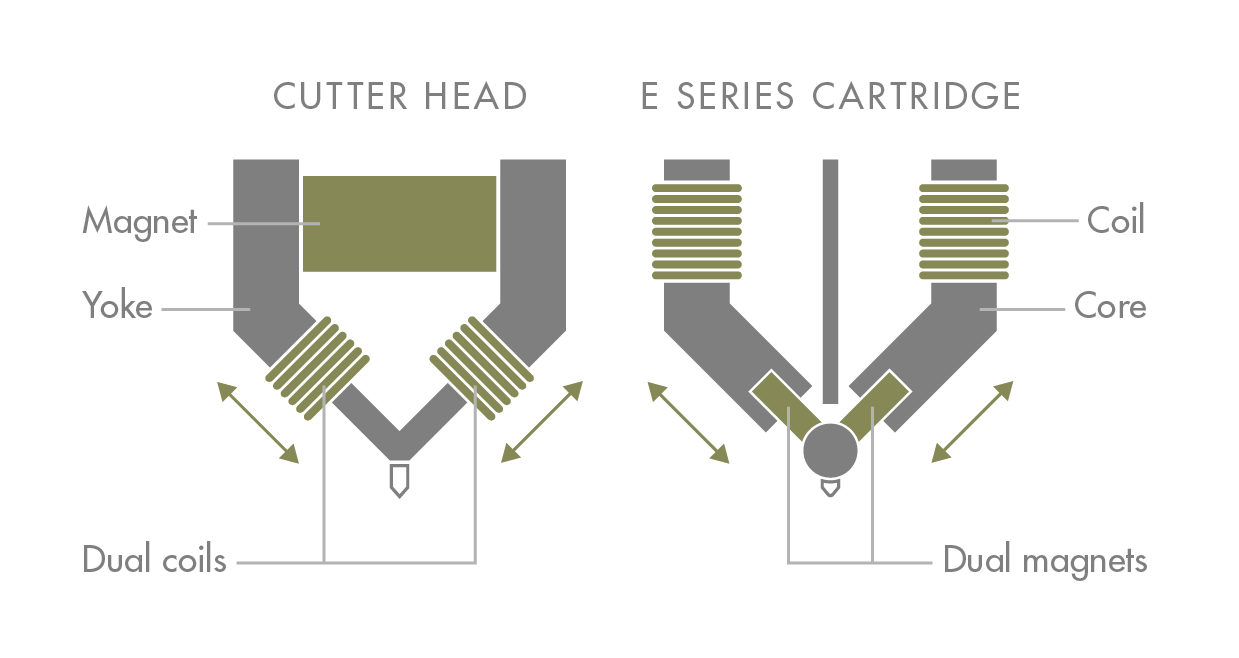
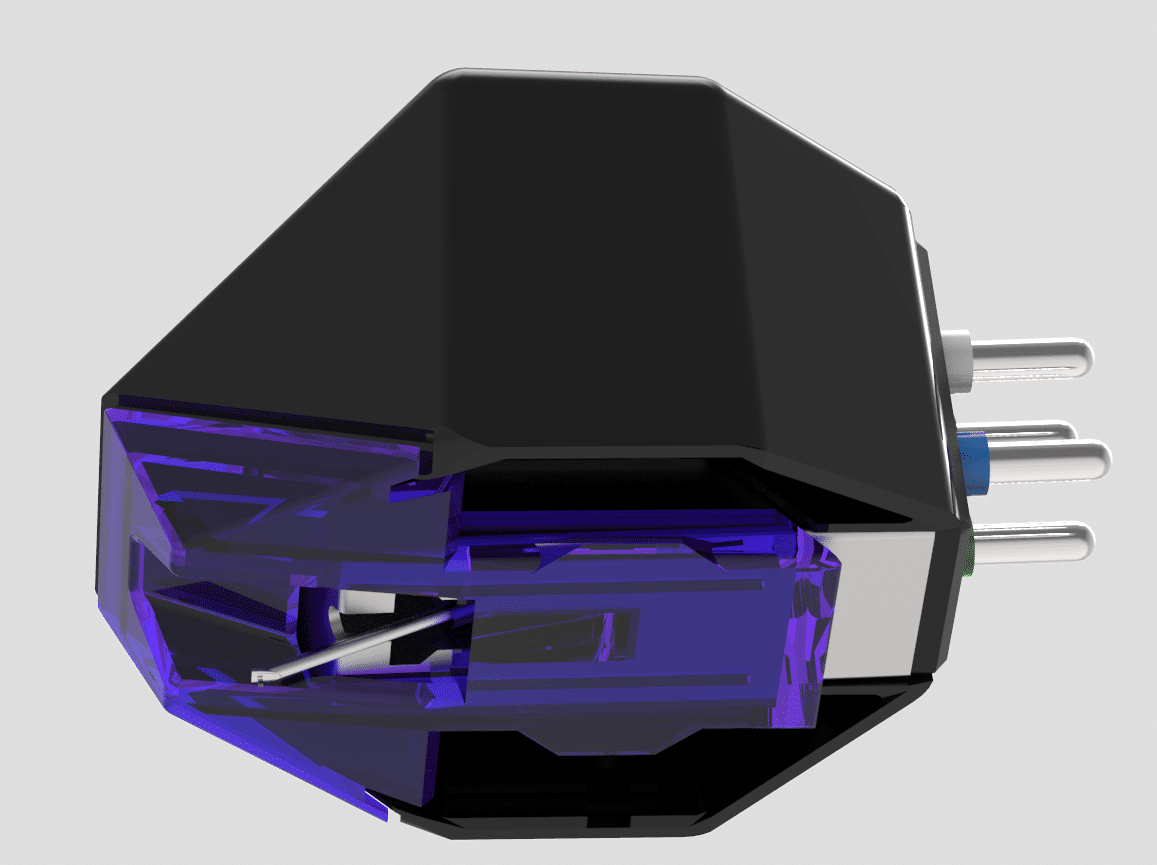
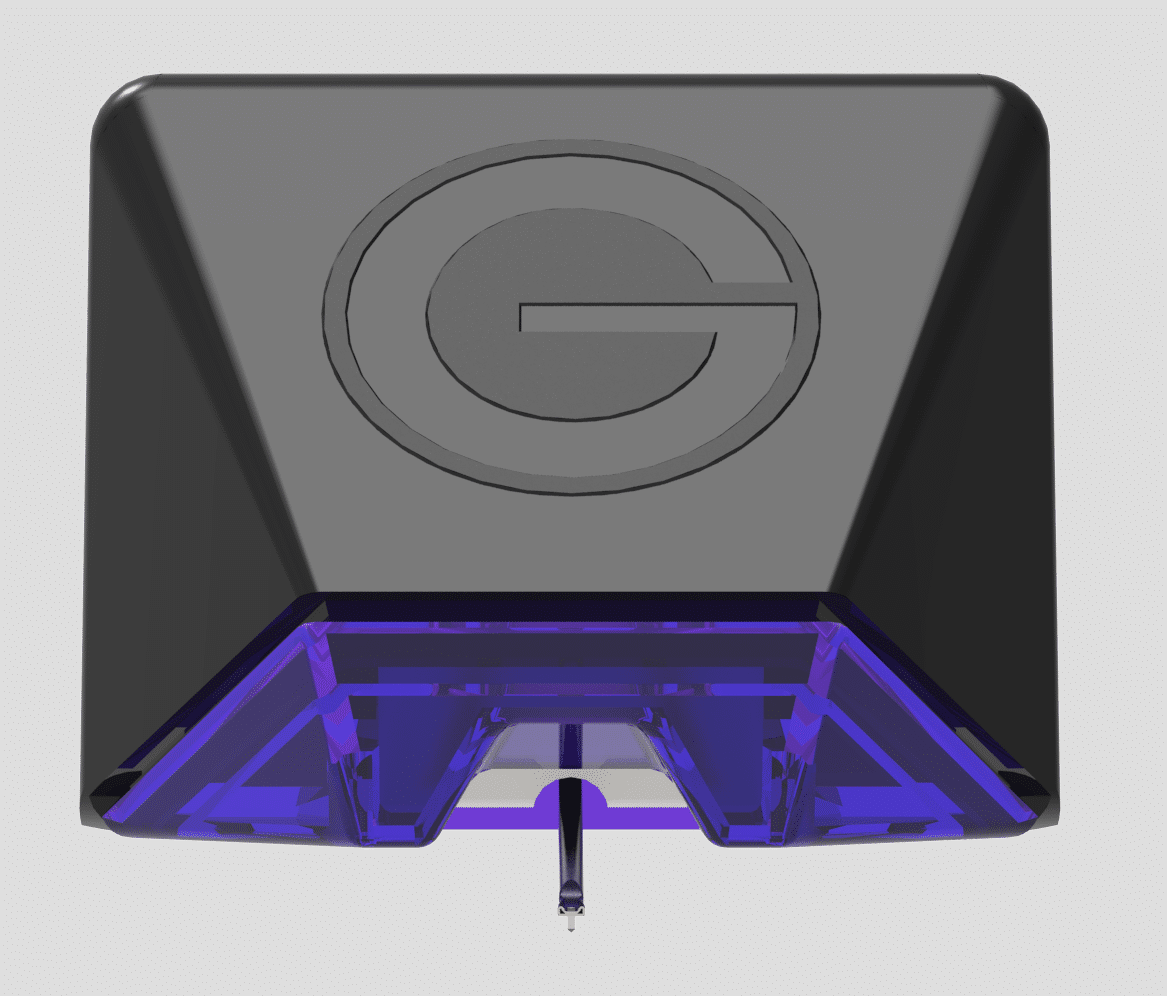
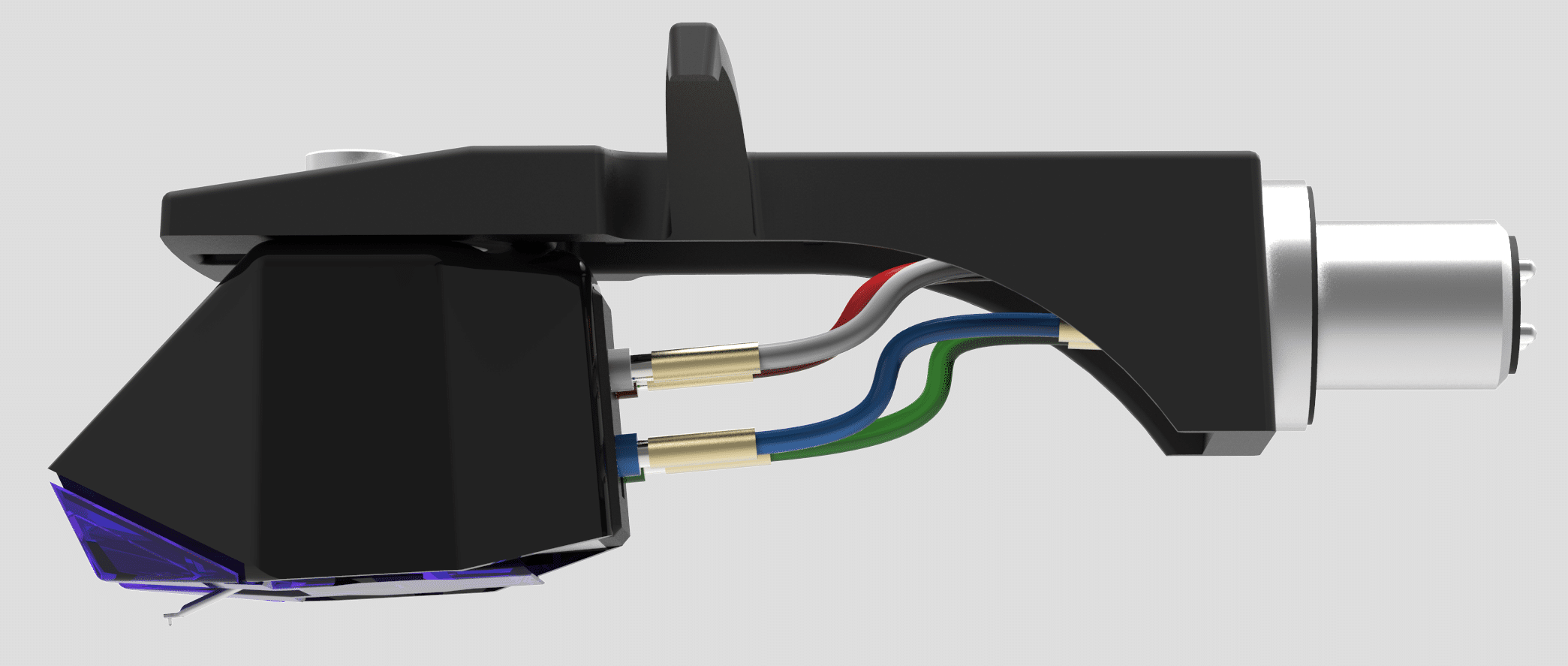
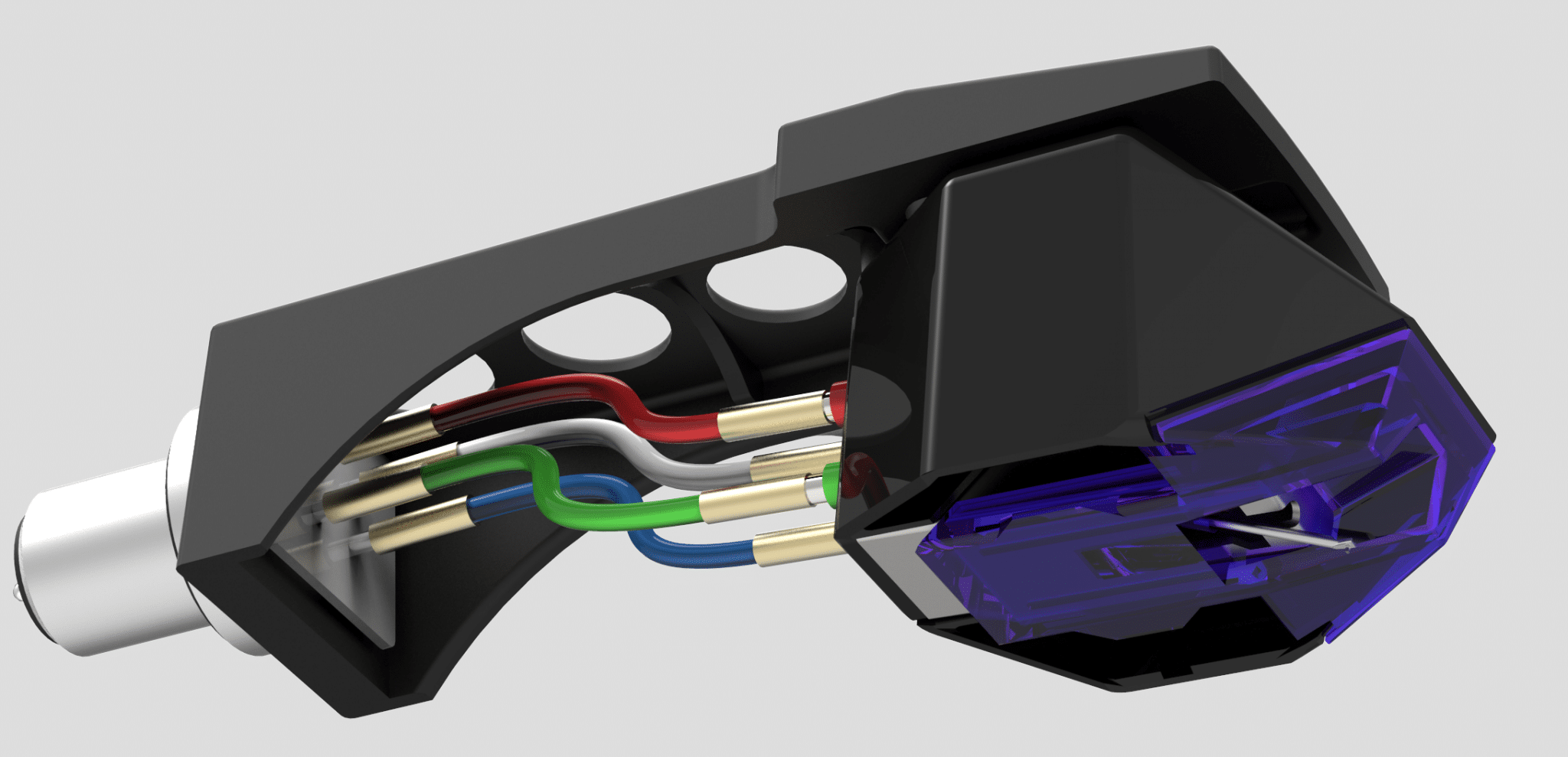
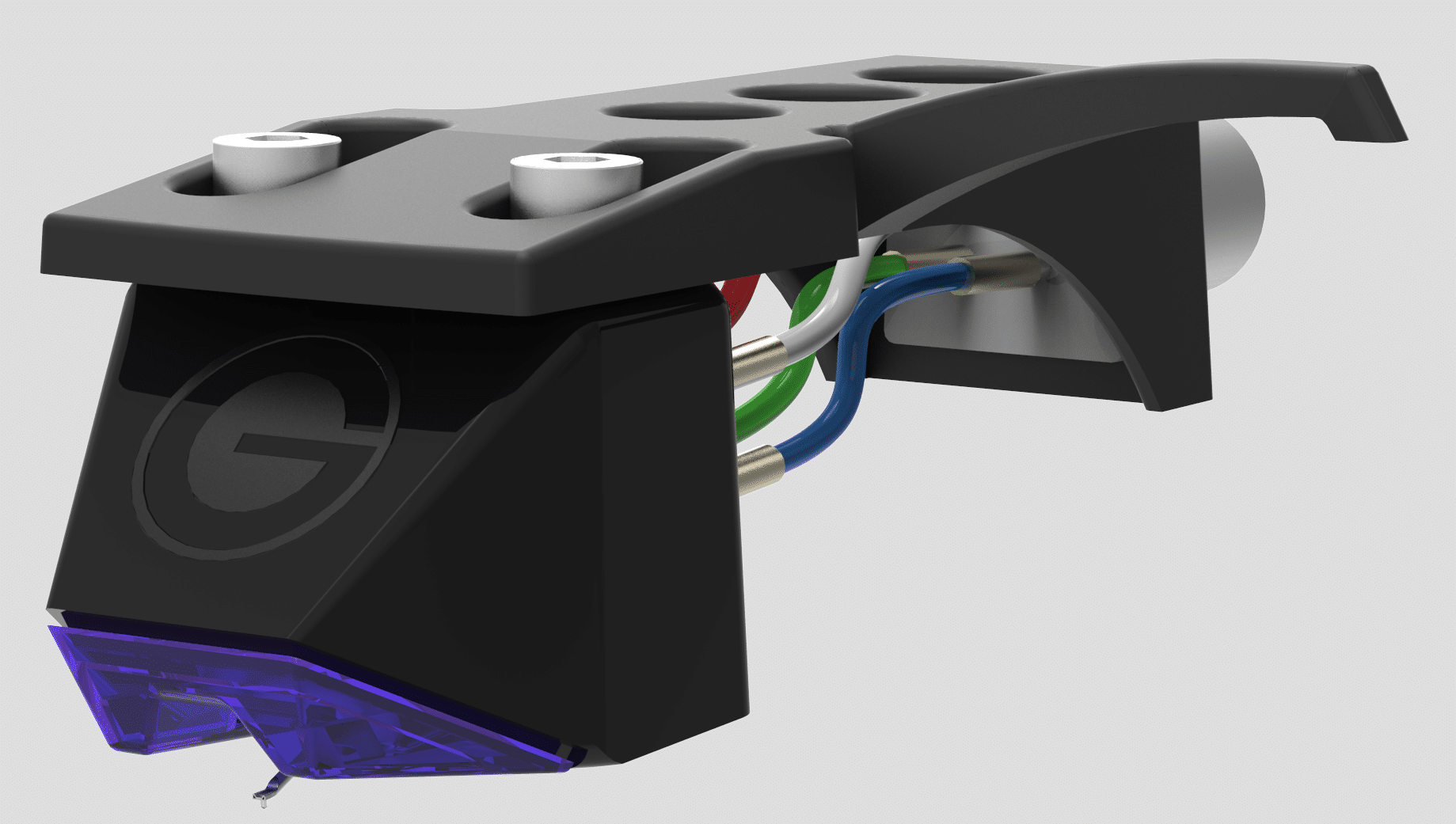
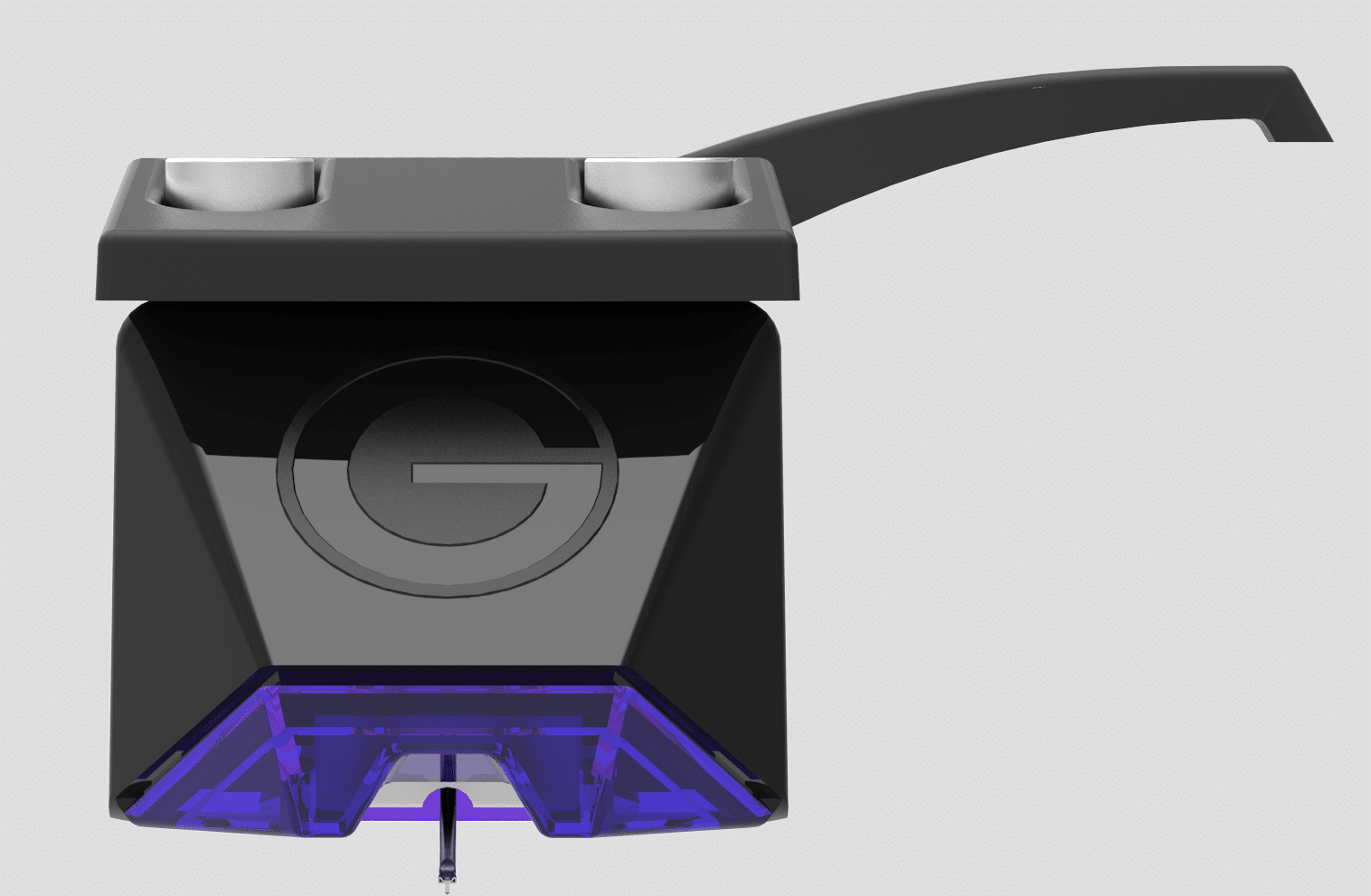
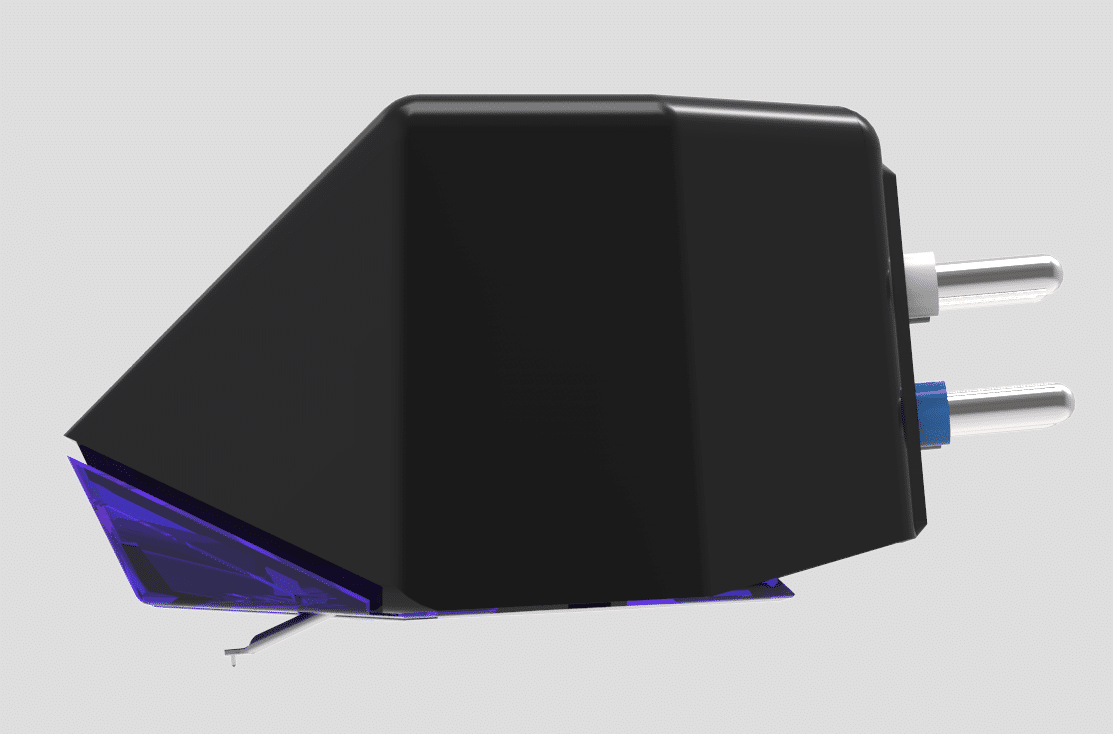



Good day. I have a telefunken cs 20. The ORTOFON LMA 12 was originally (very light). I am currently using AT13EAV (6.6 g) with a counterweight of over 90 g and it’s fine, but the stylus is running low and I’m thinking of the Goldring E3. I think it should match.
How fascinating! A two-motor direct drive isn’t it? Before I get to your question, tell me more about it please. How did you come across it and can you tell me more about its sound performance? I haven’t laid my hands on a cs 20 so cannot offer firm advice but, from the info I can find, you *should* be ok. Might be an idea to check the returns policy of your chosen retailer and explain your situation, in case you need to request a swop for a different cartridge model.
Thank you Paul for any advice. My set is telefunken cs 20, Rotel RX 300, RFT k13 profile and RFT Rema speakers. As you can see the whole set from the olden days, but the game is delicious. I will do as you say. I’ll get along for a replacement if it doesn’t match. I greet you, Paul, and wish you all the best in the New Year.
Thanks Marian – I hope you have a lovely New Year too.
Hi Paul,
Just bought a Thorens TD 126 MK II and want to replace/renew the cartridge (Grado Prestige Black).
It’s not only a matter of money, but also what does this TT deserve?
It is at this moment for service/adjustment and the dealer recommends a Ortofon 2M Black – I’m aware of it’s capabilities, but with a price of ‚Ǩ 600 I’m in doubt if it will be the right thing to do taken into consideration, that I do not all the times listen intensively when I play my records. Sometimes, I just put a record on and play it as background. Your opinion is appreciated.
Taking the above into consideration, questions are what would you recommend:
Renew the Grado ?
Go for a E3 ?
Go for 2 M Black ?
Other ?
Hi Frank – if you’re willing to spend a bit on this one then the Goldring 2500 would be ideal as its high compliance for that arm of yours.
Hi Paul. Thanks a lot for your prompt reply – I’ll look into it. Probably this is a good choice
Hi Paul. A friend suggested Benz Micro MC Silver as an option (using the mm riaa in my amplifier (Micromega AI 180) – do you beleive it would go well with that amp. and the arm on the TD 126 MK II?
Your choice, of course Frank but I have heard that the compliance is only moderate on this one (can’t find all the specs on this one myself) so I’d probably say no.
Hi Paul. Thanks a lot for your swift reply. I’ll skip the Benz. Have a nice day
Hi Paul, great site.
Would the E3 cartridge be overkill for an ‘all stock’ Rega P1? It seems an affordable potential option but a sanity check never hurts. Also, as you mentioned the size of the cartridge, (its also heavier than the stock cartridge by about 1g), would it even be feasible with a static tonearm with little to no adjustment available? Thanks.
Thanks Simon and an E3 would be a good idea. Installation should fine.
Hello and thank you for the interesting information.I am using the e1 cartridge and i am generally pleased.You think upgrading to e3 will make a great difference? Thanks in advance!
Indeed Panos – the E3 features an elliptical tip instead of the E1’s spherical. The elliptical tip will deliver more information for you.
Hello Paul,
I have a Planar 2 and the Rega dealer here sells Goldring,- Do you know the Goldring 1006?Is it much better than the E3? A friend of mine prefer the E serie to the most epensive serie 1000.
Hi Nuno – I hear what you’re saying about your friend but I wouldnt really like to compare the two because the 1006 is what, double the price of the E3? I haven’t compared the two but I know the 1042 sound and the 1006 is in and around that same family presentation. I love the E3 but I’d always go for a 1006. Actually…no, I wouldn’t. I would skip the 1006, save a bit more and go for the 1042.
Hi Paul,
Thanks for the comprehensive review. I am thinking of putting this cartridge on my SME 3009, which sits on a Thorens TD125, to replace an elderly Audio Technica AT95E (unless you reply saying ‘for God’s sake, no!’) and wondered if I should replace the standard SME headshell which seems a little flimsy. Needless to say, I am on a budget, so I would appreciate your thoughts on how much difference it would make. What is the headshell shown in the photographs? The rest of the system, in case it is relevant, is an A & R A60 driving Heybrook HB2s.
Thanks in advance,
Steve
Yes, good idea Stephen. On both counts. Headshells vary in price and quality so it would depend on your budget.